Vessel Dry-Docking At A Glance
Nakilat strives to ensure all its vessels are at their peak conditions for safe and reliable operations. With a fleet strength of 74 vessels comprising of the world’s largest LNG fleet of 69* liquefied natural gas (LNG) carriers, as well as 4 liquefied petroleum gas (LPG) carriers and 1 Floating Storage Regasification Unit (FSRU), Nakilat is one of the world’s leading energy transporter.
As such, our vessels undergo regular dry-docking and maintenance to ensure they are in excellent condition to transport clean energy across the globe.
*include 4 newbuilds

What is ‘dry-docking’?
The term ‘dry-docking’ refers to when a vessel is taken into the dry-dock of a shipyard so that the underwater area of the hull can be inspected, cleaned, and repaired if required.
Why is dry-docking important?
Dry-docking is an essential and integral part of maintaining a vessel because:
- it is part of a vessel’s life cycle maintenance
- ensures optimal performance
- ultimately plays a key role in enabling safe and reliable operations
- it is a regulatory requirement by the vessel Flag State and for certification by the Classification society

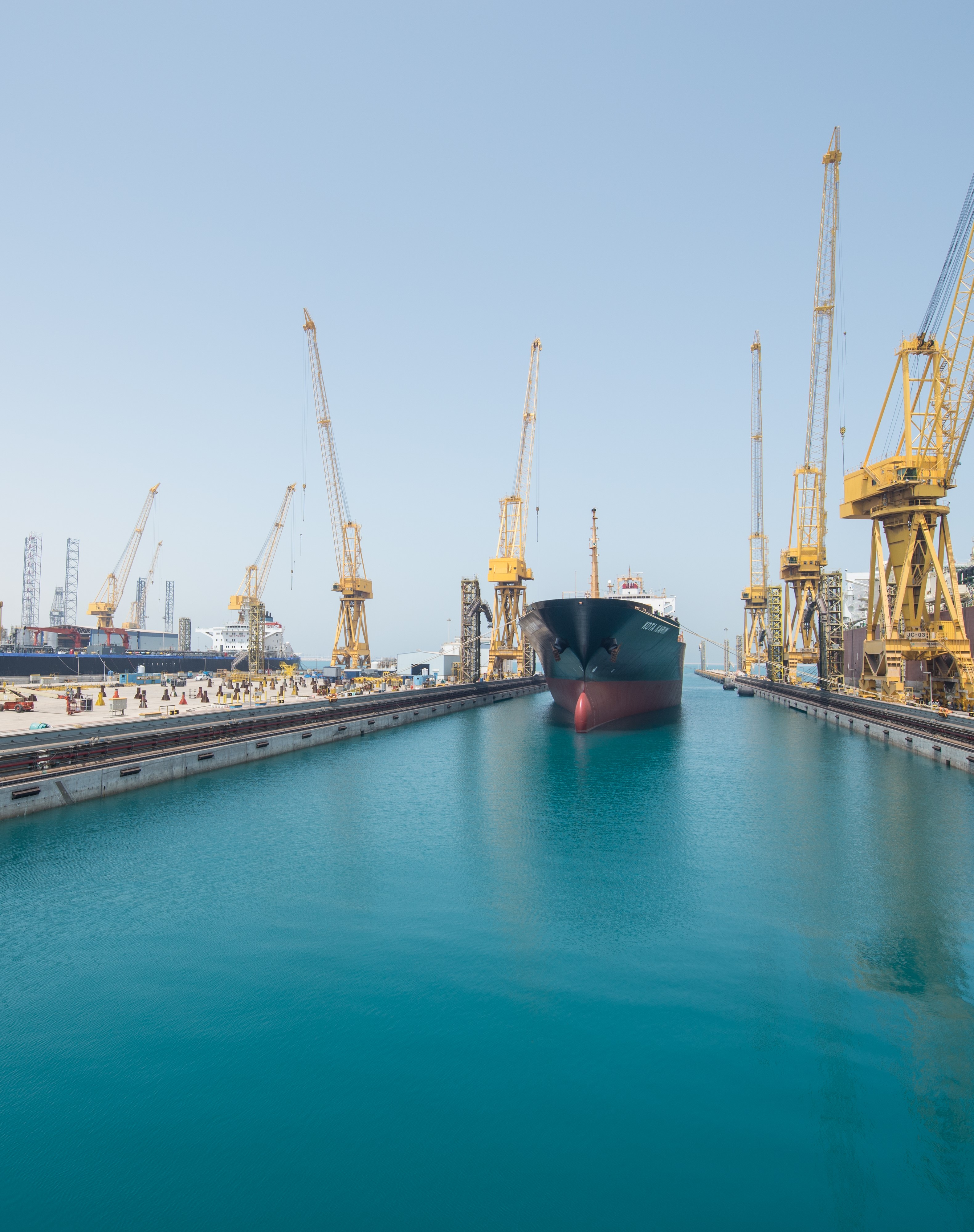
How often does a vessel dry-dock?
Typically, vessels are scheduled for dry-dock once every five years for a special survey. Nevertheless, midway surveys may be conducted in between dry-docking period for various inspections, maintenance and repairs of the underwater structure of the vessel.
Where do Nakilat’s vessels dry-dock?
Our vessels dry-dock at Nakilat’s world-class Erhama Bin Jaber Al Jalahma Shipyard located in Ras Laffan Industrial City, Qatar. Our joint venture company, Nakilat-Keppel Offshore & Marine (N-KOM), offers a comprehensive range of marine services and solutions, including dry-docking service to all types of vessels at the shipyard. Equipped with two graving docks and one floating dock (VLCC/Q-Max size), the shipyard can accommodate some of the largest vessels in operation, up to 400 meters in length!
Dock specifications at Erhama Bin Jaber Al Jalahma Shipyard
| Graving Dock 1 | 360m x 60m |
| Graving Dock 2 | 400m x 80m |
| Floating Dock | 405m x 66m |
Now let’s take a look at a simplified explanation on how a typical planned dry-docking is carried out.
These processes are planned months in advance, with extensive coordination between the vessel, shipyard, and the various contractors who will be doing repair and maintenance work onboard the ship!
(1) DOCK PREPARATION PRIOR TO VESSEL ARRIVAL
- Prior to commencing the dry-docking process, risk assessments are conducted, a repair list compiled for advanced preparation of spare parts and other extensive planning for the vessel arrival
- The blocks are arranged as per each vessel’s specific docking plan to ensure accurate alignment with the vessel frame and to avoid deformation of the vessel structure
- Block arrangement requires special engineering skills to calculating stresses, thorough knowledge of ship’s structure, load bearing points, on-board load distribution and such, prior to actual arrangement of the blocks in the dock
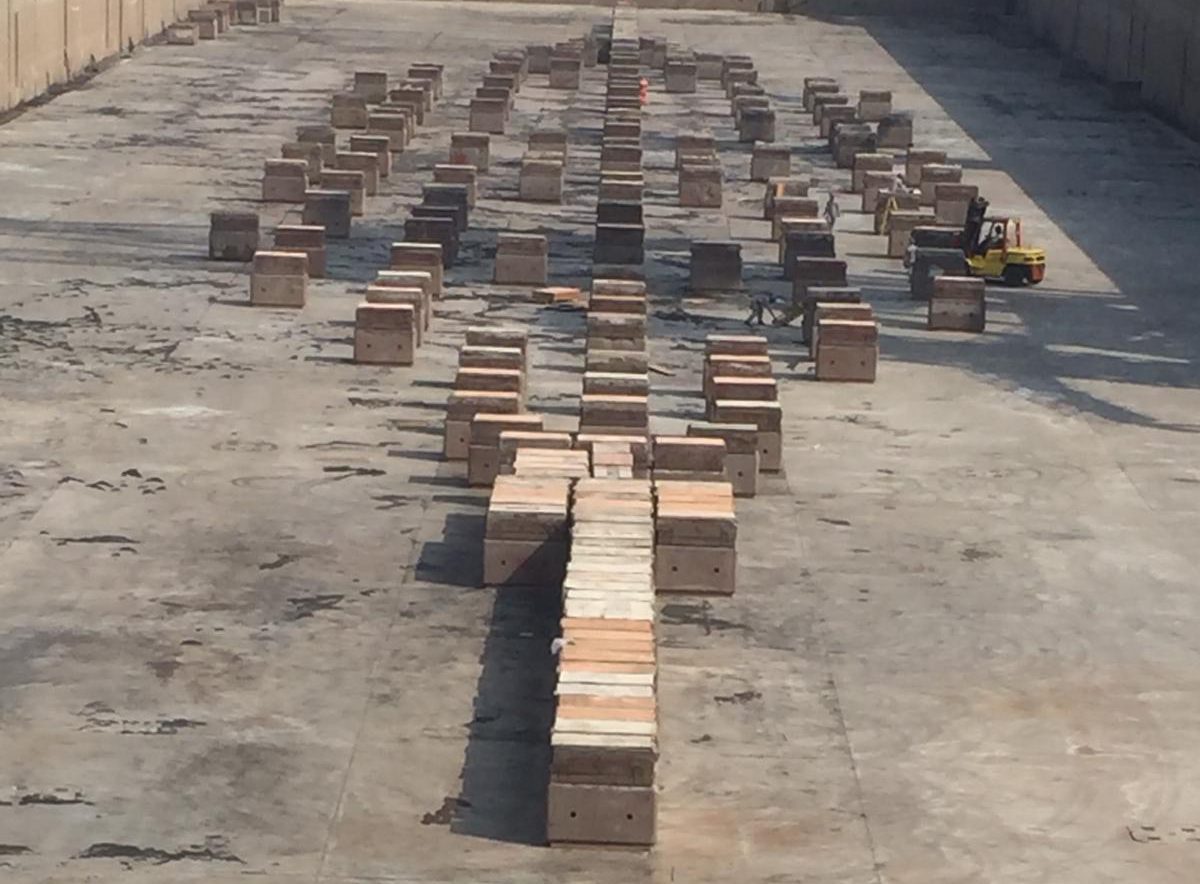
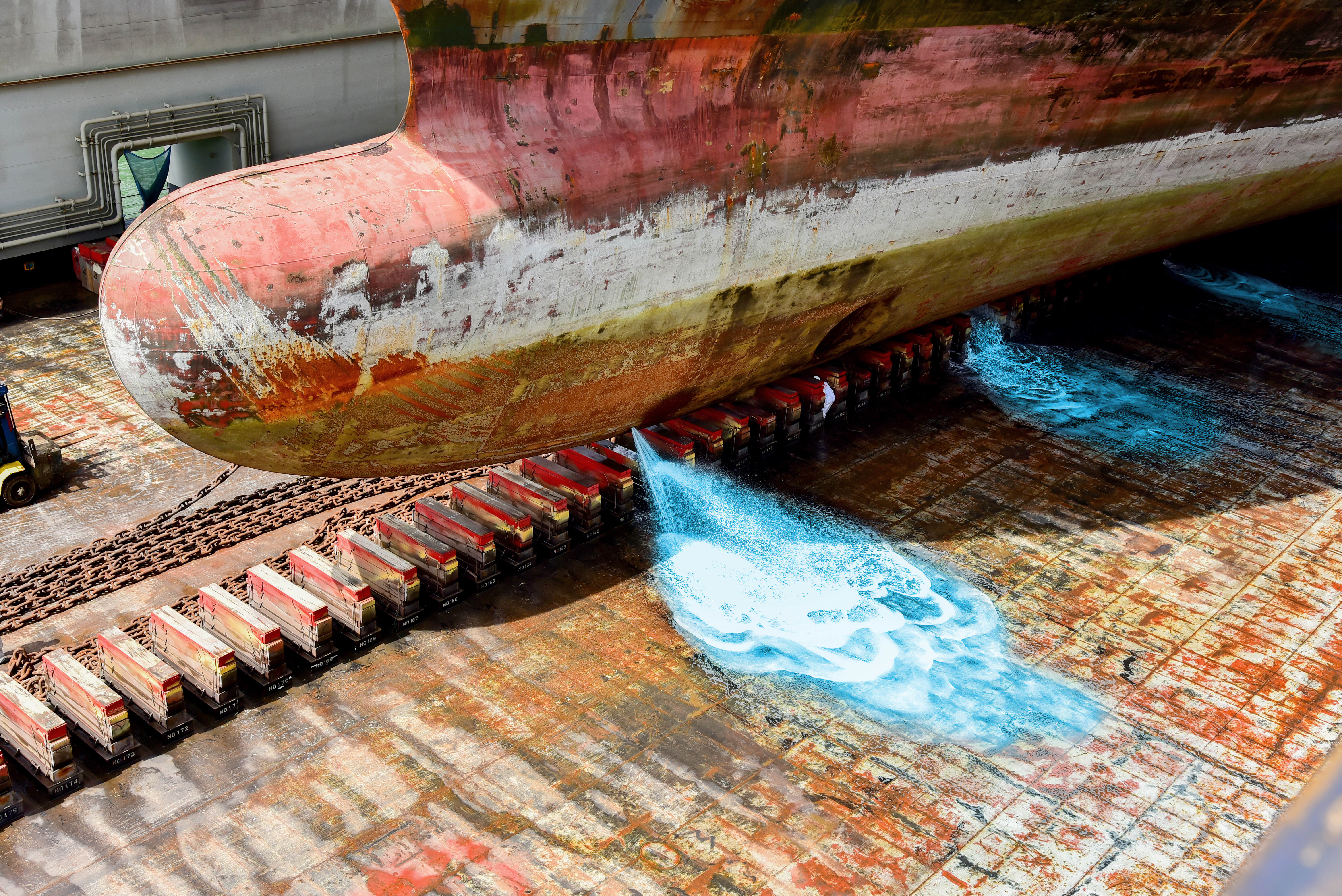
(2) DRAINING THE DOCK / DOCK DRYING
- After flooding the dock, the vessel will then enter the dock
- Upon entry of the vessel into the dock and prior to resting vessel on the blocks, specialized dive teams check the centerline alignment of the vessel and dock-blocks to ensure the vessel is resting properly on the blocks
- Thereafter, the water in the dock is pumped out and the vessel sitting on the blocks is continuously monitored throughout this process
- Draining of the sea water to dry the dock can take about 4-8 hours, depending on size of the vessel
- As the water is being pumped out, there will be a point of time where the ship stops getting power from its own generator and instead, is hooked to the shipyard’s power supply point ashore
(3) RANGING OF ANCHORS & CHAINS
- Once the dock is dry, the cables and anchors are ranged at the dock floor using dock or shore cranes
- Subsequently, anchors and cables are then calibrated and inspected by the Class and ship’s staff
- Any defects will then be repaired as per Class requirements


(4) HULL TREATMENT
- Hull treatment can improve ships’ energy efficiency and significantly reduce a ship’s daily fuel consumption
- Once the dock is dried up, the ship undergoes a hull cleaning procedure where high water pressure cleaning equipment is used to remove marine growth from the vessel’s underwater structure
- The ship’s hull will then be inspected together with paint makers and vessel’s staff
- The ship then undergoes ‘hull blasting’ – a procedure where the rusted area, damaged paint area, and corrosion that has formed on the hull will be blasted to bare metal as per the required standard
- Upon completion of hull blasting, the whole of the vessel is painted with various coats according to the vessel’s hull paint scheme, to protect the integrity of the steel
- Fun-fact: Advanced and higher performance anti-fouling paint, a specialized category of coatings is applied onto the hulls of Nakilat’s vessels to minimize the deterioration rate of our vessels!
(5) INSPECTION & REPAIRS
- The sea chest and all sea valves are inspected and overhauled as per Class requirements
- Repairs and overhauls carried out on the vessel’s hull and machinery in the shipyard that are subjected to Class requirements will then be inspected by a Classification Society surveyor, who confirms all periodical class items are completed
- The inspections may include, but are not limited to, inspections of the rudder, main engines, pumps, tanks, cargo spaces, boiler, generator, propellers, tail shafts, underwater structure, and more
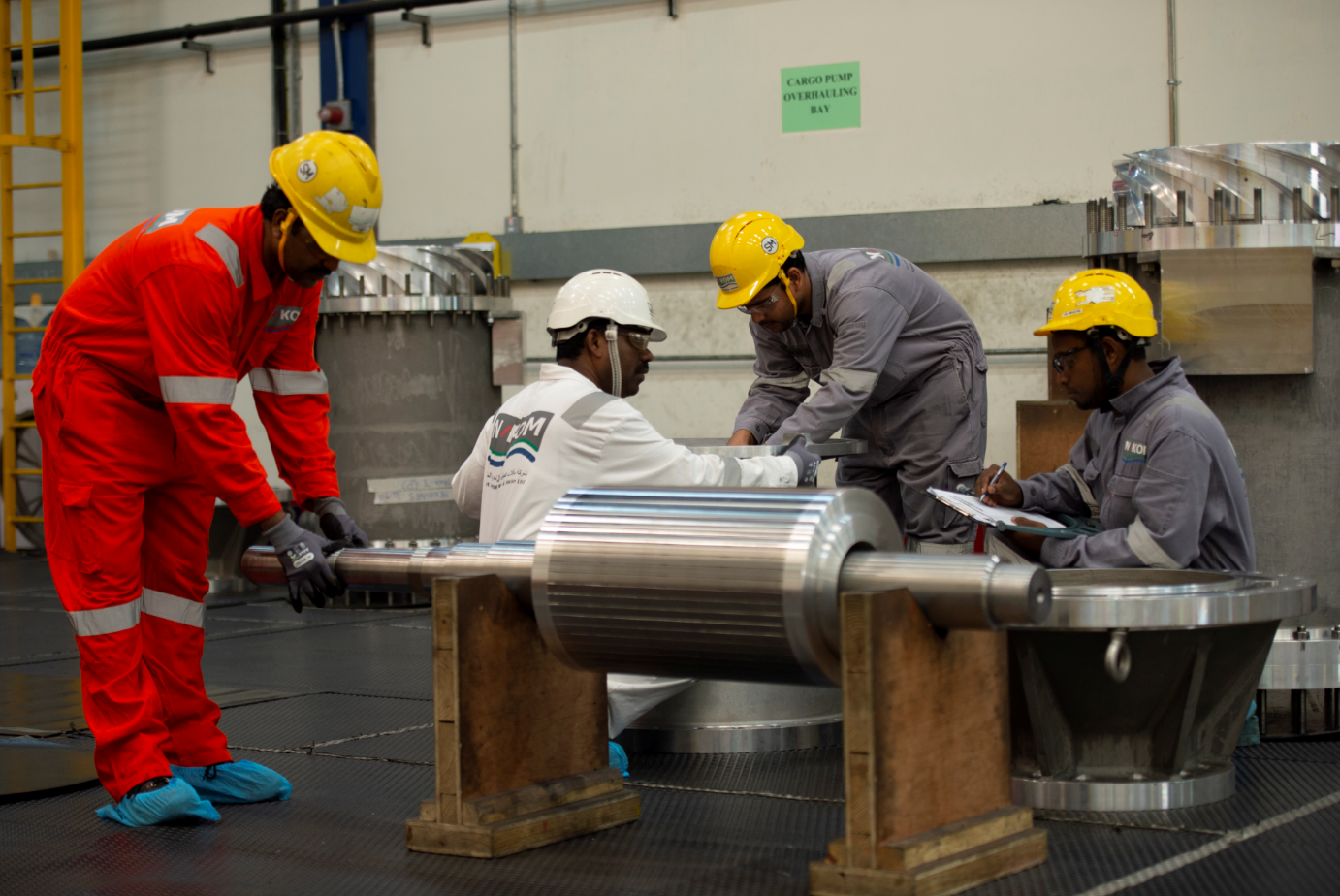
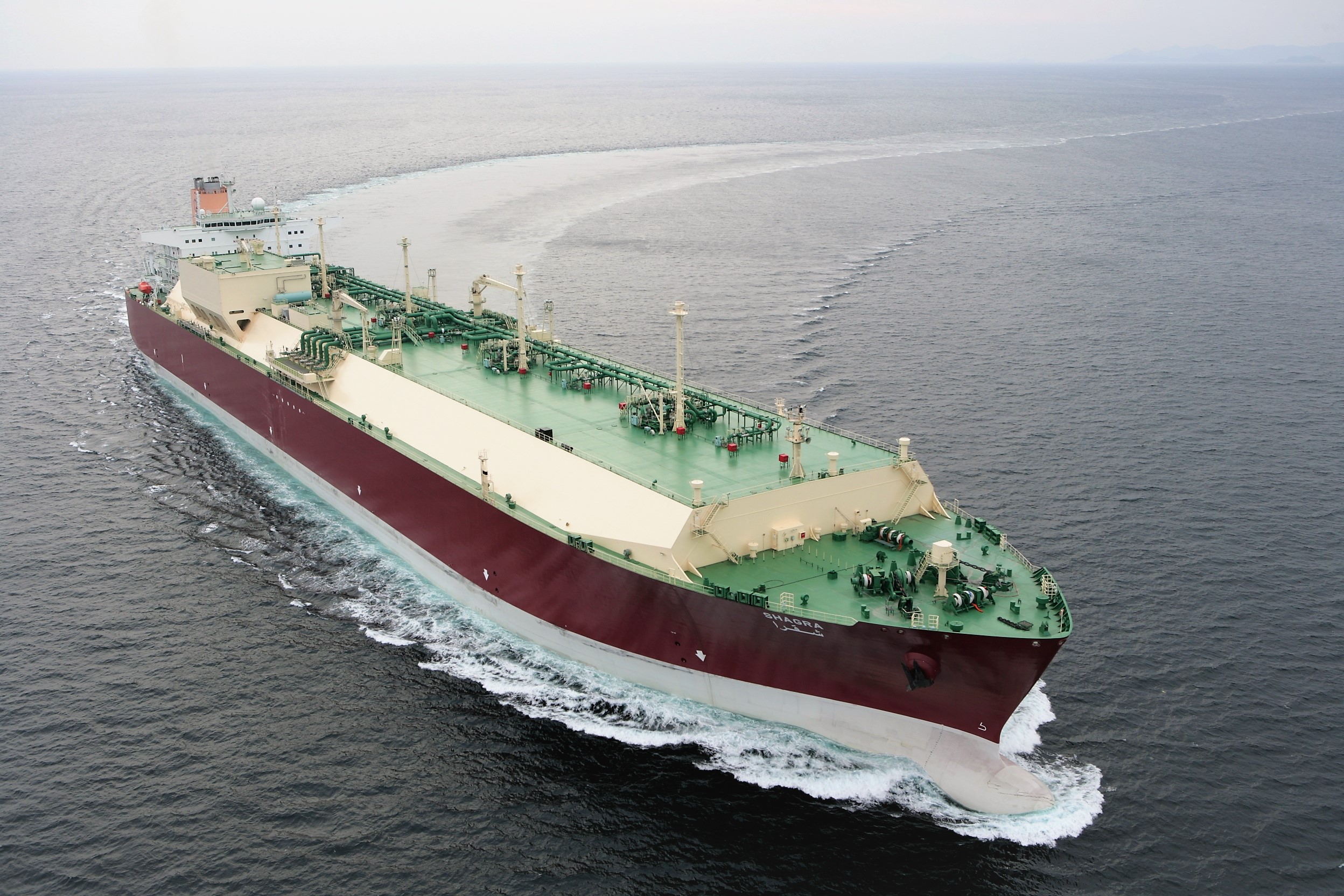
(6) SEA TRIALS & DEPARTURE
- After satisfactory completion of all works, the dock is flooded and the vessel’s operational systems are checked prior to undocking
- The vessel will then be undocked and departs for a sea trial (as required) for final tests and trials of machinery
- Sea trials are carried out to ensure efficient operations of the vessel and to validate the vessel’s integrity post-repair
Watch a brief time-lapse video of an LPG carrier (LPGC) Al Wukir during its dry-docking at Nakilat’s Erhama Bin Jaber Al Jalahma Shipyard in Ras Laffan below!



